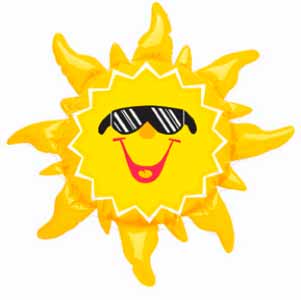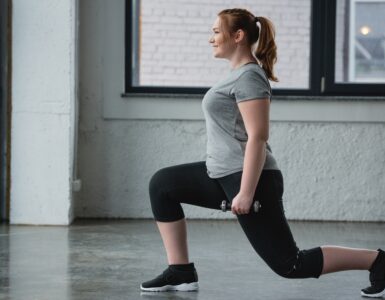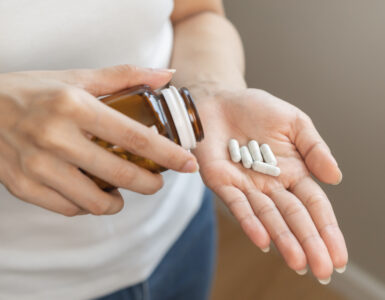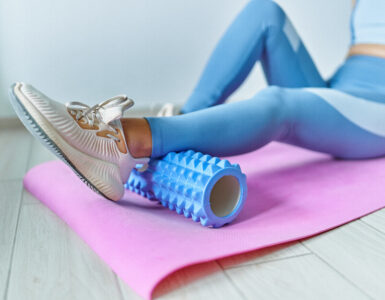By Dr. Brett Parkinson
Mountain Medical Physician Specialists
In order to make sense of heat-related illnesses–heat cramps, heat exhaustion and heat stroke–it is important to understand how the body loses heat under normal circumstances.
Heat is exchanged with the environment in four ways:
• Conduction—Heat loss through direct contact with a cooler object
• Convection—Dissipation of heat when cooler air passes over skin
• Radia
tion—Release of body heat directly into the environment
• Evaporation—Perspiration or Sweating, the body’s most effective method of cooling in most circumstances
When these four mechanisms of heat loss are compromised by hot temperatures (conduction, convection and radiation) and dehydration (evaporation), serious illness can result. It is important to remember that effective heat exchange is dependent on gradients or differences of temperature and moisture; as outside temperature and humidity increase, the gradient decreases and heat transfer is less effective. Therefore, hot humid weather results in the highest risk of heat injury.
HEAT CRAMPS
Heat cramps are the mildest form of heat-related illness. They affect people who sweat excessively during strenuous exercise. This sweating depletes the body’s salt and moisture. A decreased sodium leads to muscle cramps.
SIGNS OF HEAT CRAMPS:
• Muscle pains or spasms.
• Usually occur in the abdomen, arms or legs.
TREATMENT OF HEAT CRAMPS:
• Stop activity and retire to a cool place
• Drink clear juice or sports beverage
• Do not resume activity for several hours after cramps subside; further exertion could lead to heat exhaustion or heat stroke
HEAT EXHAUSTION
Heat exhaustion is more serious than heat cramps It is the result of exposure to high temperatures for long period of time and inadequate fluid replacement. As person becomes dehydrated, and body can’t cool itself, the temperature regulation system begins to fail
SIGNS OF HEAT EXHAUSTION:
• Heavy sweating, although skin may be cool and moist
• Paleness
• Muscle cramps
• Weakness and fatigue
• Headache and dizziness
• Nausea and/or vomiting
• Dark yellow or orange urine
• Fainting
If heat exhaustion is not treated immediately, it can lead to heat stroke and death. If victim’s symptoms are severe or there is a history of heart disease/high blood pressure or other serious medical problems, or symptoms last more than an hour, seek medical attention.
HOW TO TREAT HEAT EXHAUSTION:
• Administer cool beverages (non-alcoholic)
• Cool shower, bath or sponge bath
• Air-conditioned environment
• Light-weight clothing
HEAT STROKE
Heat stroke is the most serious heat-related illness, and if not promptly treated, can lead to permanent damage or death. It occurs when the body is no longer able to regulate its temperature. The body’s temperature rapidly rises, the heating mechanism fails and the body can’t cool down. Body temperature can rise to 106 degrees within 10 or 15 minutes!
SIGNS OF HEAT STROKE:
• Hot, dry skin that is flushed
• Decreased sweating and urination
• High body temperature: 104 degrees or above
• Rapid heartbeat (100 to 160 beats/minute not uncommon)
• Shortness of breath
• Headache, dizziness
• Sluggishness or fatigue
• Disorientation, confusion or agitation
• Loss of consciousness
HEAT STROKE IS A MEDICAL EMERGENCY. GOAL OF TREATMENT IS TO REDUCE CORE BODY TEMPERATURE. WHILE WAITING FOR MEDICAL PERSONNEL
TO ARRIVE, START PROCESS OF COOLING
TREATMENT OF HEAT STROKE
• Stabilize victim in a cool, shady area while awaiting arrival of emergency transport
• Remove clothing
• Elevate feet
• Offer cool fluid to drink if victim alert and able to drink
• Apply cool water to skin, followed by fanning
• Apply ice packs to groin and armpits
• Cool water immersion, used in emergency
departments, may result in convulsions or seizures
HEAT STROKE FACTS:
• Incidence: 20 cases/100,000 people.
Approximately 600 cases/year in Utah
• 240 annual deaths in the United States
• High risk groups: Children, the elderly, outdoor laborers and athletes
• When treatment is prompt, survival can approach 100%
• If not treated appropriately, permanent damage to heart, liver, kidneys and central nervous system can occur
PREVENTION OF HEAT-RELATED ILLNESSES:
• Drink plenty of fluids to stay properly hydrated
• Wear appropriate summer clothing: lightweight, loose fitting and light-colored
• Beware of high humidity
• Limit sun exposure during midday
• Do not exercise vigorously during the hottest part of the day
• Limit caffeine and alcohol intake
• Do not bundle babies in blankets or heavy clothing. Infants do not tolerate heat well because sweat glands not well developed















Add comment